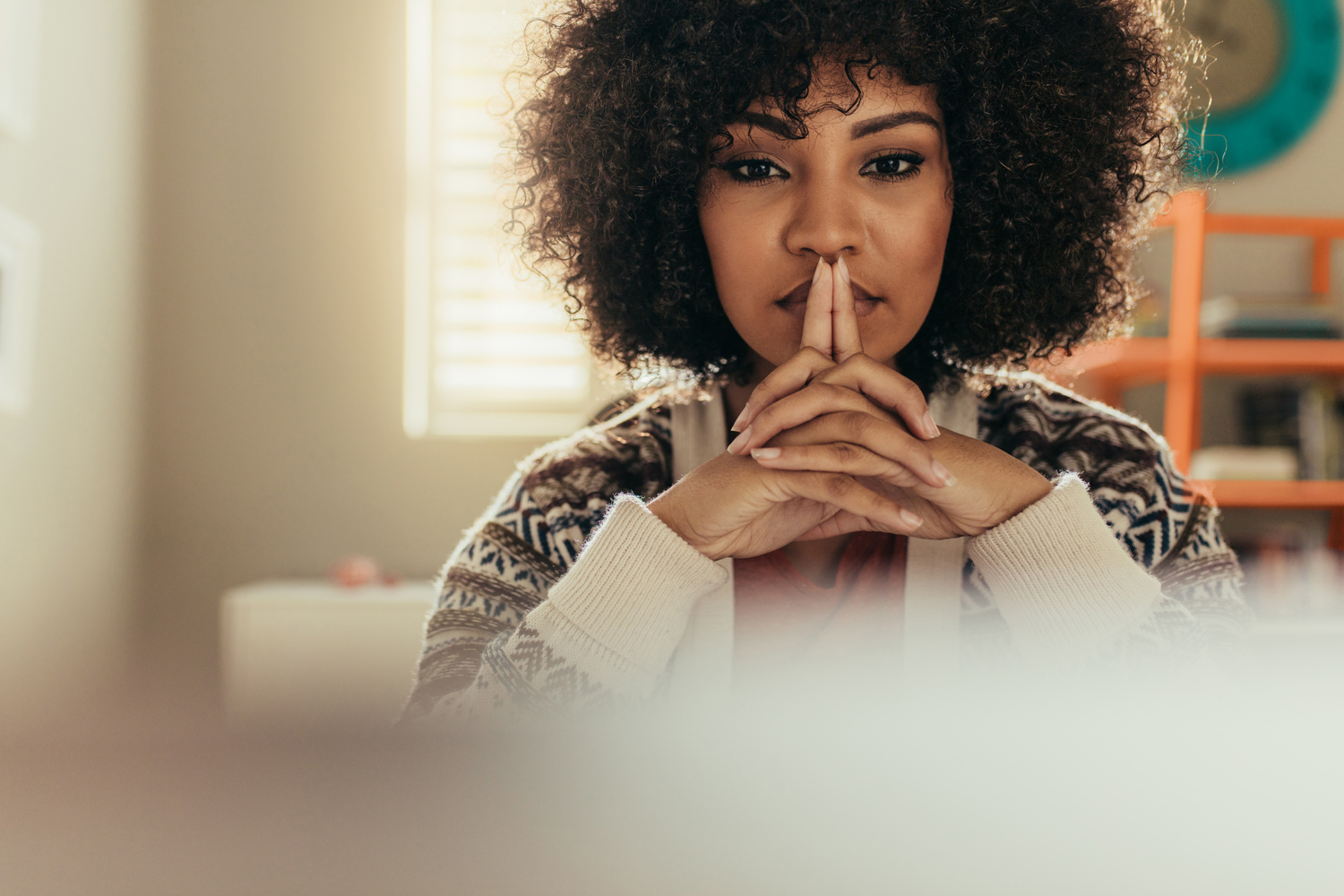By Dr Kear Brain, Chartered Clinical Psychologist & Somatic Experiencing Practitioner (SEP)
To be human is to suffer, to face mortality and the truth of impermanence. To be human is to breathe and grieve and love. As humans we have an innate capacity for connection and a fundamental need for belonging – to find our tribe amongst like-hearted ones. To feel like we belong somewhere; to someone and have them belong to us.
To be human is to be vulnerable, fallible and imperfect. To make the same mistakes time and again, while also having endless capacity for change and growth. As humans we are a mass of contradictions. We spend so much of our lives searching and longing for love, to be seen and known, only to push it away and sabotage our relationships and ourselves when it comes. We want to be accepted, acknowledged, appreciated and allowed to be our full and true selves. To feel valued for our unique and irreplaceable contribution and to be appropriately rewarded for our efforts. As humans we have a fundamental need for attachment, affection and attention. This does not mean we are ‘needy’ – these are simply some of the earliest non-negotiables – without them, we ‘fail to thrive’ and can literally die.
To be human is to be interdependent and interconnected. We are not an Island. As humans we have the intrinsic ability to attune to others- to empathise and feel with another. Healing comes through connection and love. We all desire to be met, held and supported in all our sorrows and our joys. To be kept in mind, to see our fundamental goodness reflected in the eyes of another. To be held in the warmth and safety of someone else’s heart.
To be human is to be lonely – to experience yearning, longing and regret; to wish that things were other than how they are. As humans, so much of our behaviours are designed to avoid pain and discomfort while maximising pleasure. Rarely is this a sustainable strategy. We oscillate endlessly between these two polarities of attachment, grasping, clinging & craving to aversion and disgust – the desire to get away. While attachment and aversion cause untold suffering, equanimity offers the promise of peace, if we can but slow down long enough to recognise all the ways our tendency to cling and push away does not serve us. As humans, we need other people. As infants we are utterly dependent on the availability of a warm, empathic, attuned caregiver. As adults, we are not so different. Human beings come alive and thrive in the presence of those who are honest, open, kind, accepting, warm and non-judgemental – those who can embody and communicate a sense of psychological-safety – someone with whom it feels okay to be oneself, to ask the question, to make mistakes, to get it ‘wrong’. These are vulnerable endeavours. Brene Brown extolls the virtues of vulnerability as “the birthplace of innovation, connection and change”. To be vulnerable takes courage – to risk being truthful about who we are and how we feel, even when it feels terrifying. To risk being real, being seen and known for the imperfect person we are – this is the challenge of being human.
The world needs more people who are willing to risk being their authentic, genuine and real selves in all places. But what does it mean to be Real? It’s a big question, perhaps one addressed most memorably in the 1922 children’s book, The Velveteen Rabbit. Which tells the story of a simple toy “stuffed with sawdust” and ears “lined with pink sateen” who feels inadequate next to the fancier, mechanical toys who are “full of modern ideas, and pretended they were real.”
So, the Rabbit asks the Skin Horse, the oldest and wisest of the toys, “who had seen a long succession of mechanical toys arrive to boast and swagger”, “What is REAL?”
“Real isn’t how you are made,” said the Skin Horse. “It’s a thing that happens to you. When a child loves you for a long, long time. Not just to play with, but REALLY loves you, then you become real.”
“Does it hurt?” asked the Rabbit.
“Sometimes,” said the Skin Horse, for he was always truthful.
“Does it happen all at once, like being wound up,” he asked, “or bit by bit?”
“It doesn’t happen all at once,” said the Skin Horse. “You become. It takes a long time. That’s why it doesn’t happen often to people who break easily, or have sharp edges, or who have to be carefully kept. Generally, by the time you are Real, most of your hair has been loved off, and your eyes drop out and you get loose in the joints and very shabby. But these things don’t matter at all, because once you are Real you can’t be ugly, except to people who don’t understand.”
“I suppose you are real?” said the Rabbit. And then he wished he had not said it, for he thought the Skin Horse might be sensitive. But the Skin Horse only smiled.
The endeavour of being and becoming human is an ongoing, often convoluted and contradictory process, one that takes time and cannot occur in a vacuum. We evolve and become real and human in the context of relationship and connections with others where we can summon enough courage to take a chance on being seen and known and loved.
As humans, and leaders in the business of humanising the world of work, while differentiating ourselves from Artificial Intelligence, can we find the courage to risk being a little more real? Can we cultivate the wisdom and faith of the Skin Horse who knew that the “long succession of mechanical toys” would. “by-and-by break their mainsprings and pass away, for “he knew that they were only toys, and would never turn into anything else”.
Dr Kear Brain is a feminist Clinical Psychologist, Somatic Experiencing Practitioner (SEP) trauma therapist, yogi, aspiring writer, and mother of three gorgeous girls. She lives on the Wild Atlantic Way in Co. Clare, Ireland with her human family and fur babies.
Discover more about the human experience – explore our upcoming Human Series events focused on people, purpose, and connection.

